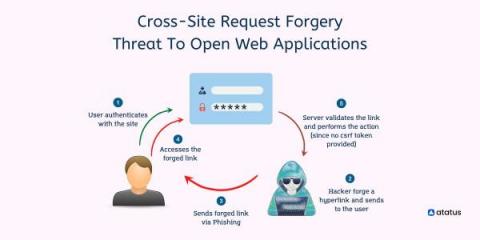What is User Datagram Protocol (UDP)?
One of the easiest transport layer protocols available in the TCP/IP protocol suite is the User Datagram Protocol (UDP). The communication mechanism involved is minimal. With UDP, neither the receiver nor the sender receives any acknowledgements of packets received. This protocol's shortcoming makes it unreliable and easier to process than many other protocols. Although UDP is considered an unreliable transport protocol, it uses IP services to ensure the best attempts are made to deliver data.











